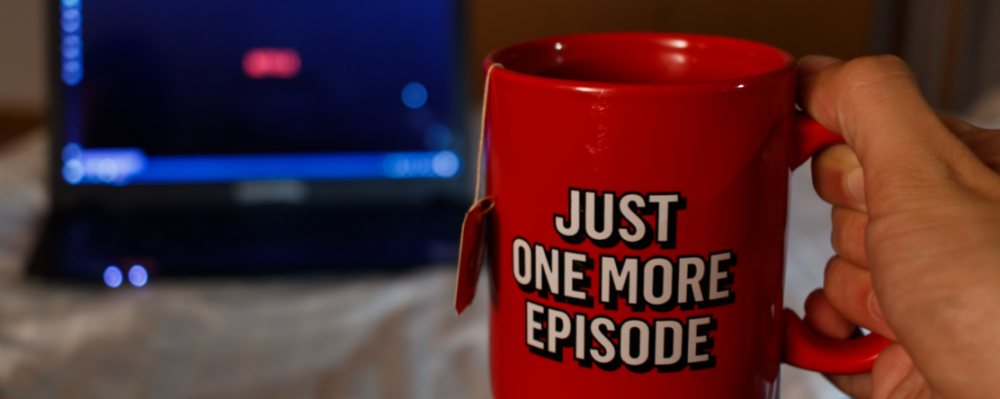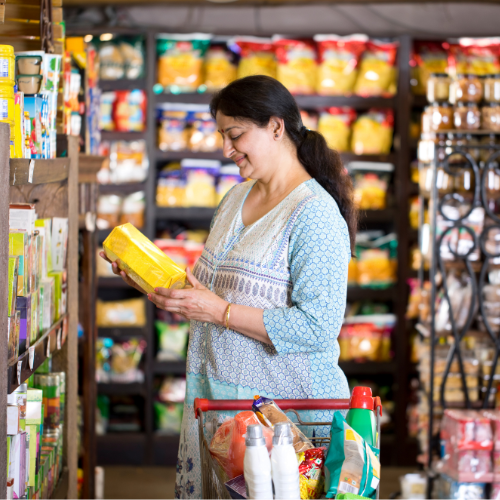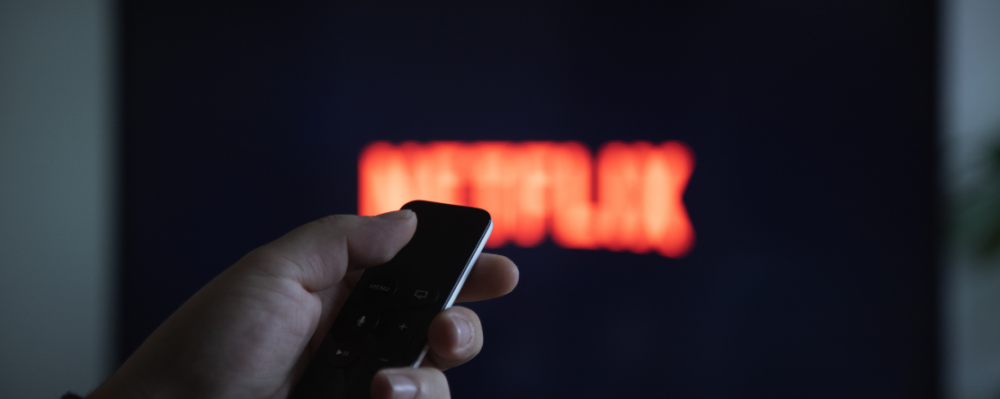
The 2024 Building H Index
- Steve Downs, S.M., B.S.
- Thomas Goetz, Sara Singer, Cheryl Collins, Evan Cook, Onelia Hawa, William Henry, Alec McMorris, Lorena Moreno Aguilar, Gracianna Breault, Julianne Holt-Lunstad, Carla Perissinotto, Matthew Smith, Abigail Barth
-
Focus Areas
Chronic Disease Prevention, Data, Technology & Innovation, Health Care & Population Health -
Issues
Population Health -
Programs
Building H

The products we use in our everyday life influence our health, but too often, these health outcomes are overlooked, if not altogether ignored.
The 2024 Building H Index is a groundbreaking report that rates and ranks 76 popular consumer products, from Uber to Netflix, and from Trek to Ford Motor Company, based on how they affect—for better or worse—the health of customers and users. The Index represents the collective work of nearly 200 experts in public health and medicine and is backed by nearly 400 scientific sources. Building H is a program at the Public Health Institute.
The purpose of the Building H Index is simple: to hold companies responsible for the impacts their products and services have on the health of the people who use them. Building H is especially concerned with those industries that form the fabric of everyday life, the products and services that so many people use or consume just as a result of going through their day-to-day life: food companies most obviously, but also entertainment companies (including streaming services), and the transportation and housing sectors. These industries have a massive, if long overlooked, impact on human health.
The Index represents a new call for corporate accountability, where companies should account for—and be accountable for—the impacts their products and services have on the health of the people who use them. With obesity and heart disease at epidemic levels, and loneliness and sleeplessness rates soaring, the Index demands more responsibility from the companies for the products and services that cause our ills in the first place: Food companies most obviously, but also entertainment companies (including streaming services), and the transportation and housing sectors.
Get started with the 2024 Building H Index: See how different companies fared, read the key takeaways and take a quiz on how the products in your life can affect your health.
Explore the IndexThe results of this year’s Index suggest seven takeaways: Four concerning conclusions about today’s consumer product environment, and three more hopeful signs.
The Bad
- Technology—especially AI—is often deployed just to make unhealthy behaviors easier, such as:
• Streaming services regularly use autoplay to encourage binge-watching of episodes.
• Social media services use a variety of techniques—including infinite scrolls, social rewards and notifications—that keep people returning to the platforms and staying on them as long as possible. - Human contact is often a “friction” to be optimized away. For example:
• Restaurant chains are increasingly relying on digital ordering experiences (through apps or kiosks) and multi-lane drive-thrus that limit social interactions.
• DoorDash has developed an automated voice service that enables local restaurants to take pickup and delivery orders without needing staff to talk to customers and that uses AI to upsell customers by prompting them to order additional items. - Something may be even worse for us than junk food: junk entertainment. There’s one category that scores even more poorly that junk food: Streaming media services, which not only are exquisitely designed to maximize consumption, but have a compounding effect of minimizing healthy behaviors such as sleep, social contact, exercise, and healthy eating.
- Bad things are often bad in many ways at once. One striking conclusion of this 2024 Index is how so many products and services have manifold influences on so many behaviors that affect our health—and their influences go beyond what you would expect of a product. When we look at the five main behaviors we track, fully 92% of the products we rated had nonzero influences on four or more behaviors and nearly 60% of products influenced all five behaviors—healthy eating, sleep, socializing, exercising, and getting outside—at once.
The Good
- There are bright spots in every industry. In every sector of every industry, our analysis finds that there are some companies bucking the mainstream and finding success in charting a healthier line of product development.
- Housing is leading the way. These days, many housing developers are deliberately building health-positive amenities into their communities, even in exurban locations.
- Each company has ample opportunities to do better. Any product can be modified to be more healthy. Even products that are inherently, even purposefully unhealthy can be less bad.

Quiz: Understanding Your Personal Product Environment
What’s the influence of popular products and services on your day-to-day life? PHI's Building H rates popular products and services on how they affect people’s health behaviors. Take a short quiz on which products you use to see how healthy your personal product environment is.
Opportunities and Recommendations: How Companies Can Do Better
- Respect consumer preferences.
- Stop pushing extra consumption.
- Design environments and experiences to make healthy behaviors easier.
- Default to health.
- Publish relevant information.
- Monitor usage and behavior trends.
- Re-envision industry roles.
Explore earlier editions of the Building H Index
- The 2022 version of the Index ranked 37 products and services across four industries. See the report.
Work With Us
You change the world. We do the rest. Explore fiscal sponsorship at PHI.
Support Us
Together, we can accelerate our response to public health’s most critical issues.
Find Employment
Begin your career at the Public Health Institute.


